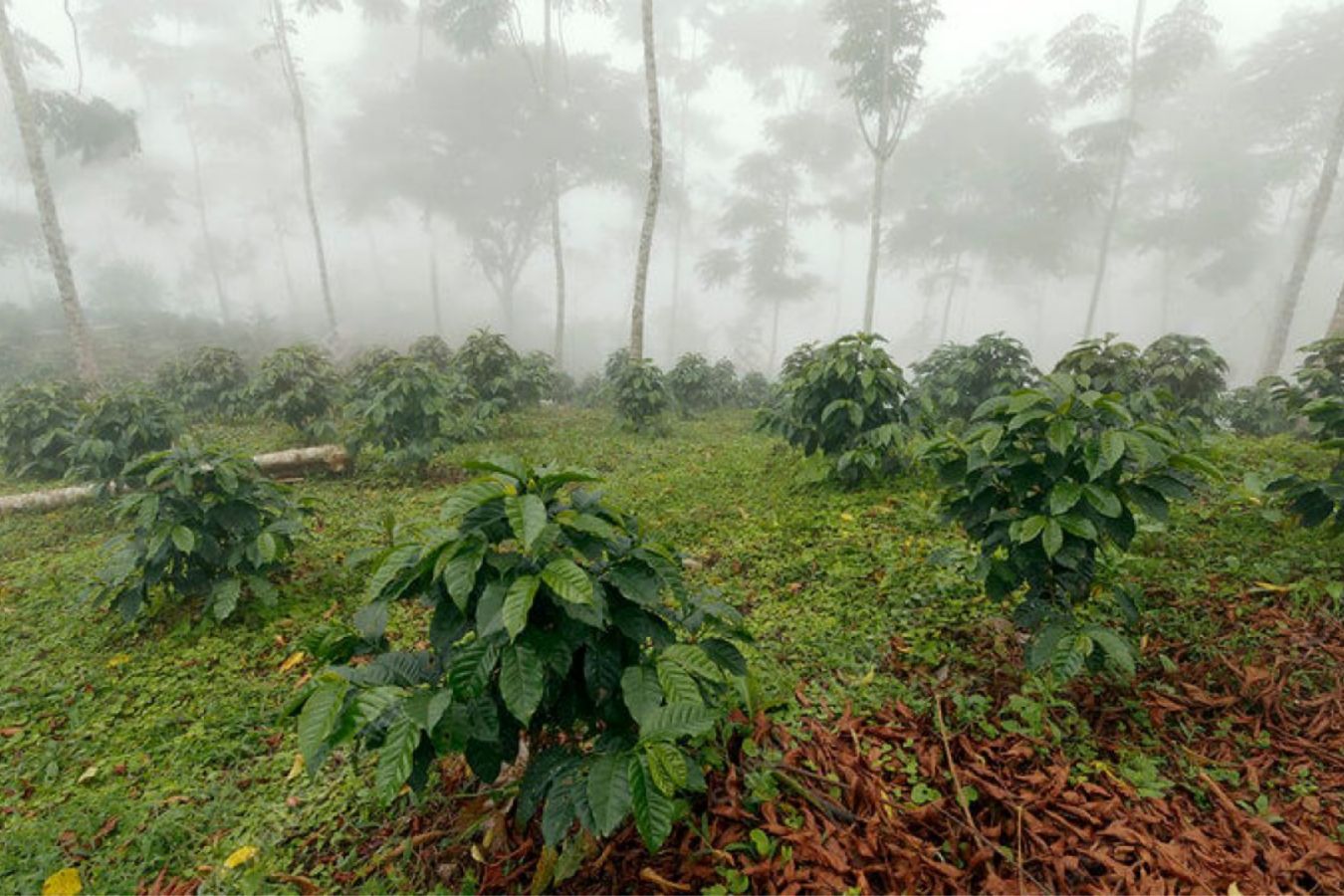 Growing
Growing Shade Grown Coffee – Coffee Grown In The Shade
Shade Grown Coffee – Coffee Grown In The Shade: The term shade-grown coffee refers to coffee grown under trees.
In this way, the naturally tall trees provide a large canopy that shields the coffee from direct sunlight, maintains a more consistent temperature, and slows down overall growth during fruiting. This helps the coffee beans accumulate more nutrients and develop a fuller and richer flavor.
Cultivation area
Including Venezuela, Peru, Colombia, Central America, Mexico, and parts of Africa, Indonesia, and India. Coffee is mainly grown …






